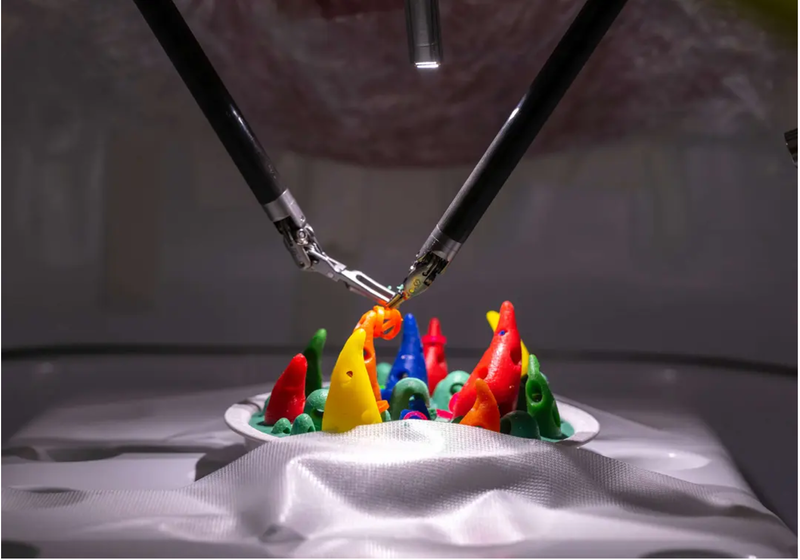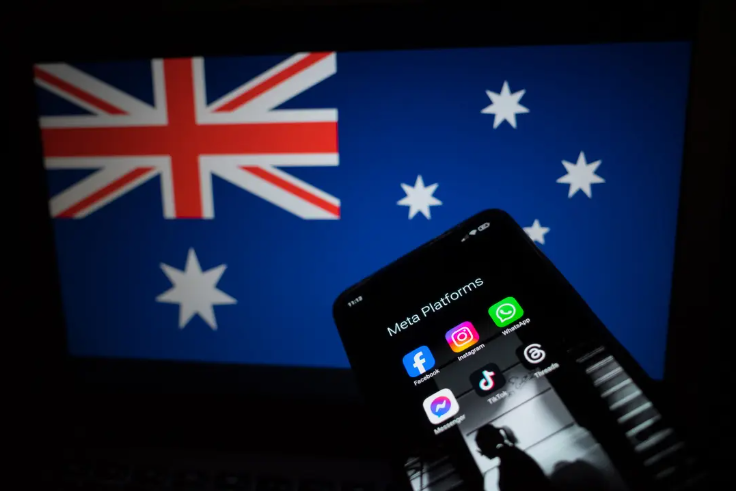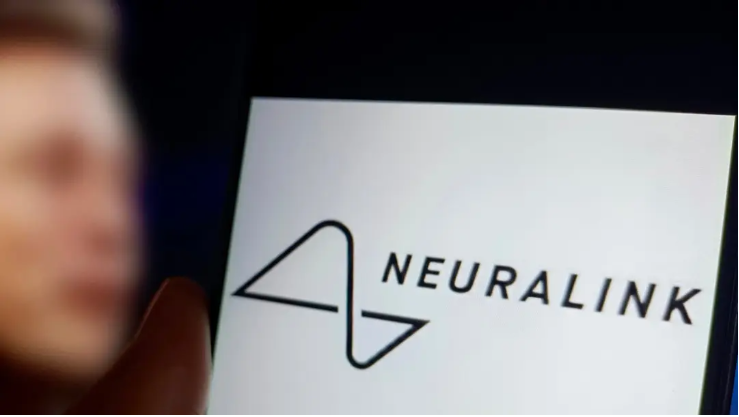Florida: Private Space Company Launches to the Moon
A Houston-based private space exploration company, Intuitive Machines, launched its Odysseus moon lander from the Kennedy Space Center in Florida early Thursday morning. It was launched atop the SpaceX Falcon 9 rocket, with the company saying it detached less than an hour into the flight....
Facts
- A Houston-based private space exploration company, Intuitive Machines, launched its Odysseus moon lander from the Kennedy Space Center in Florida early Thursday morning. It was launched atop the SpaceX Falcon 9 rocket, with the company saying it detached less than an hour into the flight.1
- The spacecraft, nicknamed Odie, is orbiting around the Earth as far out as 380K km (236.1K miles) and is expected to turn on its motor roughly 18 hours into the flight. As it makes its way toward the lunar surface, the Moon's gravitational pull will guide Odie until its expected landing on Feb. 22.2
- Odie weighs 4.2K pounds and its shape is that of a 14-foot by five-foot hexagonal cylinder with six legs. It's described as being the size of a British police telephone booth.1
- The space mission's goal is to transport a dozen scientific research instruments to the Moon, six of which belong to NASA and will be used to study things like advanced navigation and precision-landing technology.3
- If successful, Intuitive Machines would become the first private company to land a lunar probe on the Moon, as well as the first American lunar mission in 51 years to achieve a soft landing. Odie is planned to touch down on the Moon's South Pole.4
- The three previous private missions that failed included an American company, a Japanese company, and an Israeli nonprofit. For this mission, NASA paid Intuitive Machines $118M to put its technology on board, including a stereo camera to observe the dust kickup and a radio receiver to measure how charged particles impact radio signals.1
Sources: 1New York Times, 2CNN, 3Space.com and 4bbc.com.
Narratives
- Narrative A, as provided by MIT Technology Review. 2024 will see a series of attempts made by NASA to once again reach the moon, hopefully culminating in manned missions. The long-term plan is to settle human beings on Earth's only natural satellite, making it the stepping stone for ventures into deep space. While the financial viability of such ambitions, especially for private parties, remains unclear, it is hoped that some form of lunar 'commercial economy' will evolve as a result of these initiatives.
- Narrative B, as provided by Kennebec Journal and Morning Sentinel. The very fact that no one tried to travel to the moon for decades must tell us something: it is a non-viable, pointless exercise. NASA has already spent more than $40B on its Artemis moon mission, and will likely rack up greater costs than even this staggering figure. NASA's plans have no real value to most people on Earth. We need to do more to improve things on this planet, instead of trying slingshots elsewhere.







